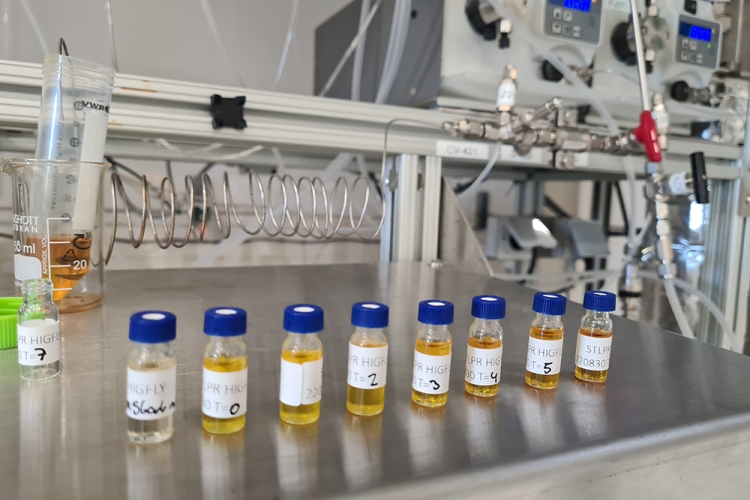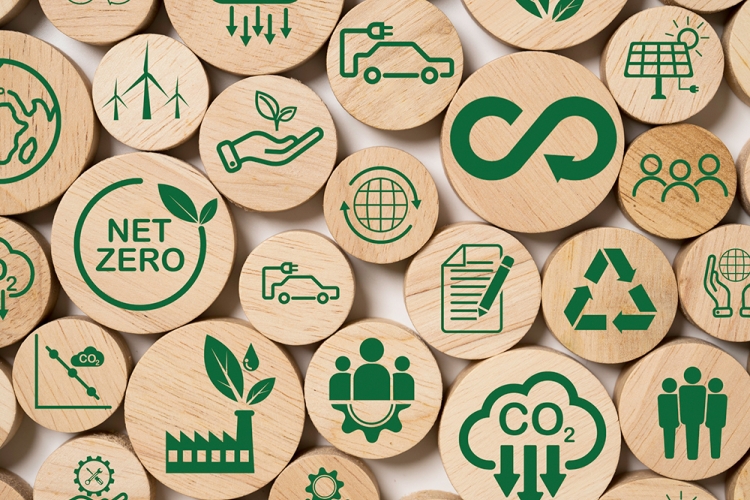As the global demand for sustainable chemicals increases, researchers are exploring renewable feedstocks such as lignocellulosic biomass. Among the promising derivatives of this biomass is furfural, which can be readily converted into furfuryl alcohol (FOL)—a compound already used in resins, flavourings, and foundry applications.
News
Come back soon to get updated
The report Evaluation of Jet Fuel Properties and Compliance with Specifications, conducted by SkyNRG, provides a comprehensive analysis of HIGFLY´s jet fuel produced through novel sustainable aviation fuel (SAF) pathways. The primary aim was to assess the quality of these fuels and their compliance with established American Society for Testing and Materials (ASTM) standards, which are essential for ensuring aviation fuel safety and performance.
The HIGFLY project aims to accelerate the commercialisation of sustainable aviation fuel (SAF) and increase its share in the EU market by improving the cost effectiveness and energy efficiency of obtaining hydrocarbons in the kerosene range from abundant, sustainable feedstocks.
The GLAMOUR project aims to develop a process that converts waste bio-based feedstock such as crude glycerol
Furfural is the main jet fuel precursor and building block in the HIGFLY concept. Current methods to convert biomass feedstocks into furfural are extremely resource inefficient, costly and energy intensive, yielding less than 50% of the potential value and lead to a complete loss of cellulose and lignin.
The HIGFLY process uses C5 sugars that can be produced in biorefineries using lignocellulosic biomass as a feedstock
The HIGFLY project is now an official member of the Biorefine Cluster Europe.
On February 3rd 2022, the HIGFLY consortium members gathered together for a Feedstock Workshop led by Susanne Köppen
Between 12th – 13th January 2022 the HIGFLY General Assembly Meeting for Month 12 gathered all members of the HIGFLY

































